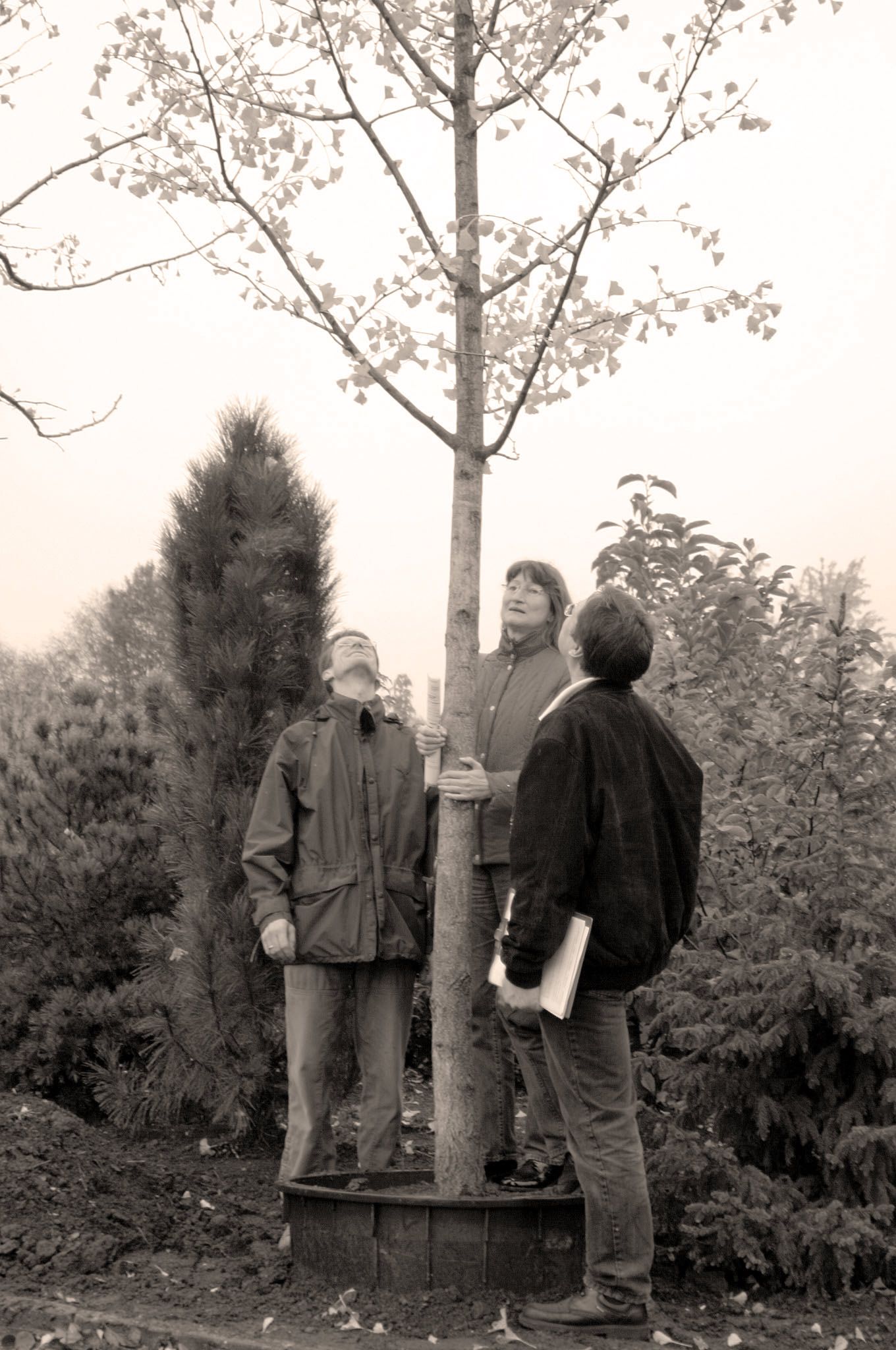After Count Eberhard, the first Duke of Württemberg, had received the necessary papal approval, he founded the University of Tübingen in 1477. The four founding faculties included the Faculty of Theology, the Faculty of Law and the Faculty of Art (later the Faculty of Philosophy) as well as the Faculty of Medicine. It was marked with a leaf ornament, which is interpreted as acanthus leaf.
The University Hospital
The History of the University Hospital
Ferdinand Autenrieth opens Tübingen's first University Hospital in 1805

The young doctors studied for almost 300 years without a "university clinic". The practice was initially limited to the participation in consultation hours and home visits of the professor.
Later, unsuccessful attempts were made to find an adequate hospital for the education of the students.

It was not until 1805 that Johann Ferdinand Autenrieth successfully converted the former Burse into a teaching hospital. The Burse accommodated 15 hospital beds, a lecture hall, antechamber, archive room, microscopy room and laboratory, waiting room, examination room for men and women, operating theatre, obstetrics, room for infectious diseases and for the insane.
Comfortable equipment, beautiful location - the new clinic is popular
What health care and hygienic conditions looked like at that time is hard to imagine today, if you consider that the first central water pipe in Tübingen was completed in 1879. In the Burse, however, there was a specially equipped room for eye patients, a reading room and a room "where patients come together", two bathrooms and twelve "heatable" rooms in addition to the operating and birth rooms. Special mention was made of ventilation, which supplied the rooms with fresh, already heated air during winter heating, as well as the possibility of river baths in the Neckar and steam baths in the house.

This equipment, which was comfortable by the standards of the time, and the beautiful location quickly spread the word. Famous patients such as Hölderlin were treated in the clinic. The number of students increased from six to about seventy in the next fifty years.
The teaching hospital becomes its own district

With its limited capacity, Burse could hardly meet the requirements in the longer term. In the middle of the 19th century a new academic hospital for medicine and surgery was built outside the city walls. In the second half of the century, the first special clinics were gradually established in Tübingen: The Eye Clinic (1875), an independent medical clinic (1879), the Ear Clinic (1888), a new women's clinic (1890, after the Burse was too dilapidated) and a psychiatric clinic (1893). The clinic area quickly became its own district.
A never-ending history of construction continues
After the Second World War, the outsourcing of more and more special subjects continued. Because the most attractive places in the city area had already been allocated, in the sixties of the 20th century people switched to the Schnarrenberg. There, a contiguous large hospital was to be built, as efforts were made to give up the administrative independence of the clinics and the variously trained specialists urged greater cooperation in research and at the bedside. The planning was gigantic - in addition to the ever-increasing number of patients, space had to be found for research and teaching. Due to lack of funds, however, the simultaneous construction of all clinics failed and the buildings were opened in sections. Even today, the Schnarrenberg is constantly undergoing reconstruction and further development - an endless history of construction.
The University Hospital becomes independent

Towards the end of the 20th century, the university was no longer able to afford the running costs of the entire hospital. The clinic became more and more independent. In 1998 it finally became an independent institution under public law. In 2003, the Science Council attested that the Tübingen Hospital was a pacemaker in German university medicine.
Two years later, the clinic celebrated its 200th anniversary. In the Old Botanical Garden, the clinic, university and town planted a ginkgo tree in memory of the eventful common history.
Certificates and Associations

Focus: Top National Hospital 2025

Stern: Germany's Outstanding Employers in Nursing 24/25

Quality partnership with the PKV

Family as a success factor

Pension provision for the public sector





